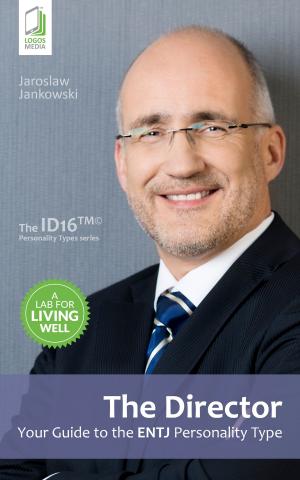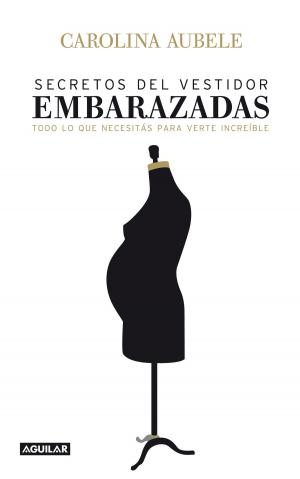The Notebooks of a Successful Psychopath
Nonfiction, Health & Well Being, Medical, Specialties, Psychiatry, Biography & Memoir, Reference, Self Help| Author: | Willem Martens | ISBN: | 9782765907824 |
| Publisher: | W. Kahn Institute Publishing/St. W. Kahn Institute of Theoretica | Publication: | January 12, 2015 |
| Imprint: | Osmora Inc. | Language: | English |
| Author: | Willem Martens |
| ISBN: | 9782765907824 |
| Publisher: | W. Kahn Institute Publishing/St. W. Kahn Institute of Theoretica |
| Publication: | January 12, 2015 |
| Imprint: | Osmora Inc. |
| Language: | English |
I worked for decades as psychoanalyst and researcher in forensic psychiatric settings with psychopaths. I was fascinated by those psychopaths who were cured and wrote my PhD-thesis about remission in psychopaths, which is a very rare phenomenon, indeed. I was astonished about the simplicity of ideas and misconceptions about psychopathy of other scholars. I knew from my own and other psychopaths experiences that the reality of the psychopathic condition was much more complex than they ever could conceive. This motivated me the write a number of articles in international journals in order to make an attempt to correct and complement current theories of psychopaths. I am retired now since 5 years and I enjoyed to be in the circumstance to focus myself completely on my old passion, namely composing of music. However, my repose was disturbed by a well-known scholar and friend who asked me to write a book about my own experienced as a psychopath. And so I decided to accept this last task before I should leave forever the scientific arena of the forensic psychiatry. And I do it with a good reason.
Psychopaths might regard their features, attitude and behavior quite differently than their non-psychopathic counterparts and psychiatric researchers do. This distinction might be the result of a) ignorance of non-psychopaths about the true nature of this complex disorder, b) a very different perspective of psychopaths and non-psychopaths in analyzing this phenomenon, c) the fact that most empirical data is gathered from incarnated, criminal populations who are very able to manipulate tests (most of them know much about the PCL-R), assessments, researchers, and therapists (just for fun, revenge, hatred, or disgust) and d) a lack of utilization of and unavailability of reliable and voluntary self-reports of psychopaths in informal settings, and so on. Informal, non-academic and non-clinical settings are important because the psychopaths I investigated hate formal academic and clinical settings because they consider them as bulwarks of repressing authority which are harmful for them. They consider current theories and concepts of psychopathy as inadequate, incomplete, incorrect, stereotype which bring about stigmatization.
I worked for decades as psychoanalyst and researcher in forensic psychiatric settings with psychopaths. I was fascinated by those psychopaths who were cured and wrote my PhD-thesis about remission in psychopaths, which is a very rare phenomenon, indeed. I was astonished about the simplicity of ideas and misconceptions about psychopathy of other scholars. I knew from my own and other psychopaths experiences that the reality of the psychopathic condition was much more complex than they ever could conceive. This motivated me the write a number of articles in international journals in order to make an attempt to correct and complement current theories of psychopaths. I am retired now since 5 years and I enjoyed to be in the circumstance to focus myself completely on my old passion, namely composing of music. However, my repose was disturbed by a well-known scholar and friend who asked me to write a book about my own experienced as a psychopath. And so I decided to accept this last task before I should leave forever the scientific arena of the forensic psychiatry. And I do it with a good reason.
Psychopaths might regard their features, attitude and behavior quite differently than their non-psychopathic counterparts and psychiatric researchers do. This distinction might be the result of a) ignorance of non-psychopaths about the true nature of this complex disorder, b) a very different perspective of psychopaths and non-psychopaths in analyzing this phenomenon, c) the fact that most empirical data is gathered from incarnated, criminal populations who are very able to manipulate tests (most of them know much about the PCL-R), assessments, researchers, and therapists (just for fun, revenge, hatred, or disgust) and d) a lack of utilization of and unavailability of reliable and voluntary self-reports of psychopaths in informal settings, and so on. Informal, non-academic and non-clinical settings are important because the psychopaths I investigated hate formal academic and clinical settings because they consider them as bulwarks of repressing authority which are harmful for them. They consider current theories and concepts of psychopathy as inadequate, incomplete, incorrect, stereotype which bring about stigmatization.















